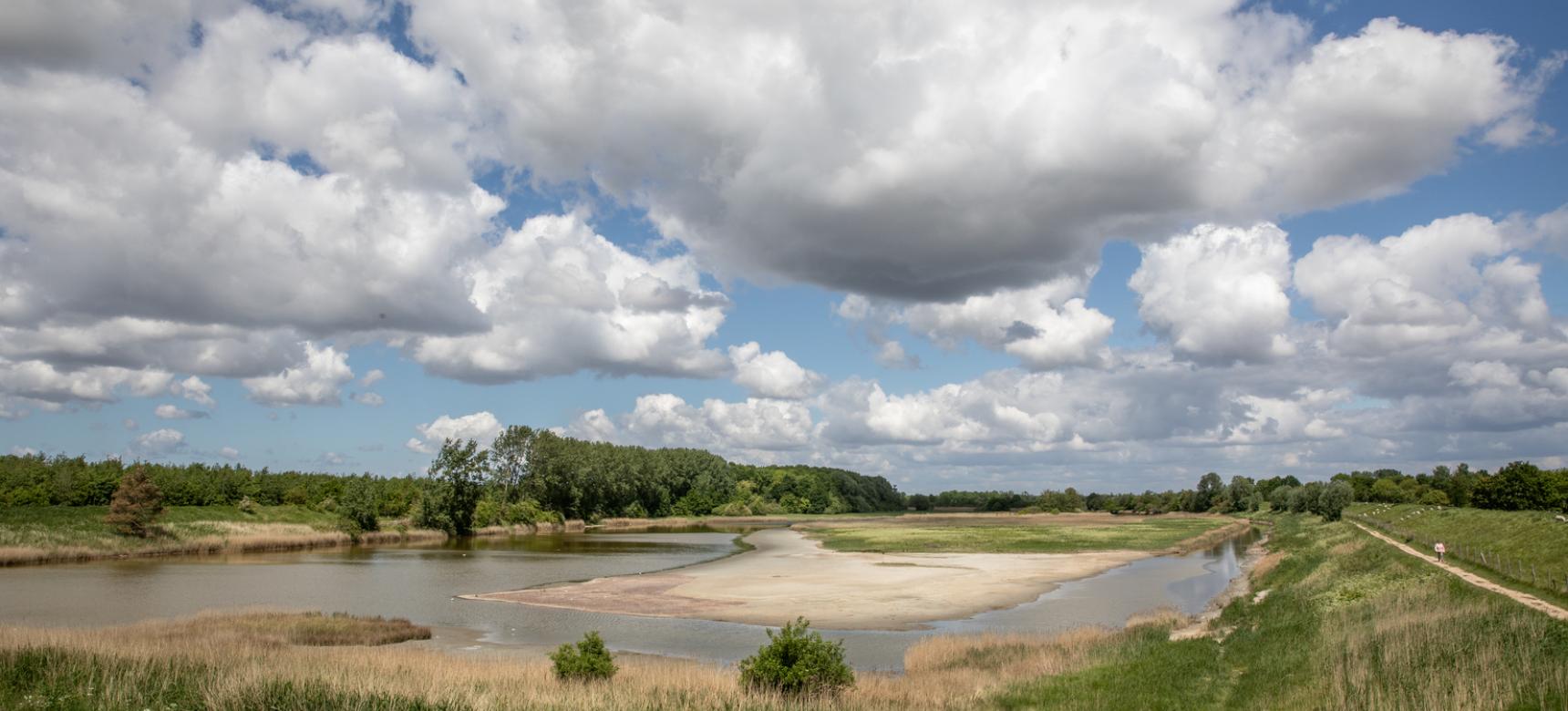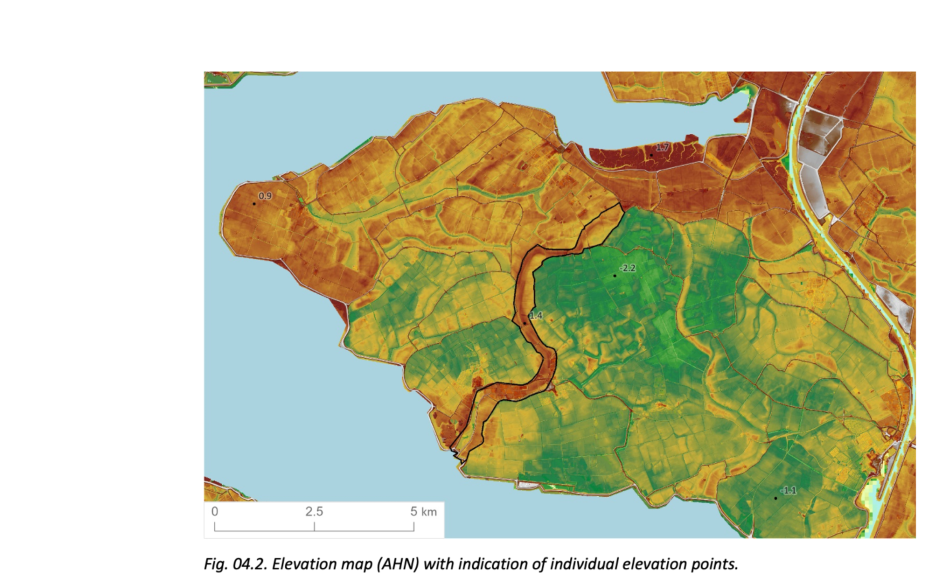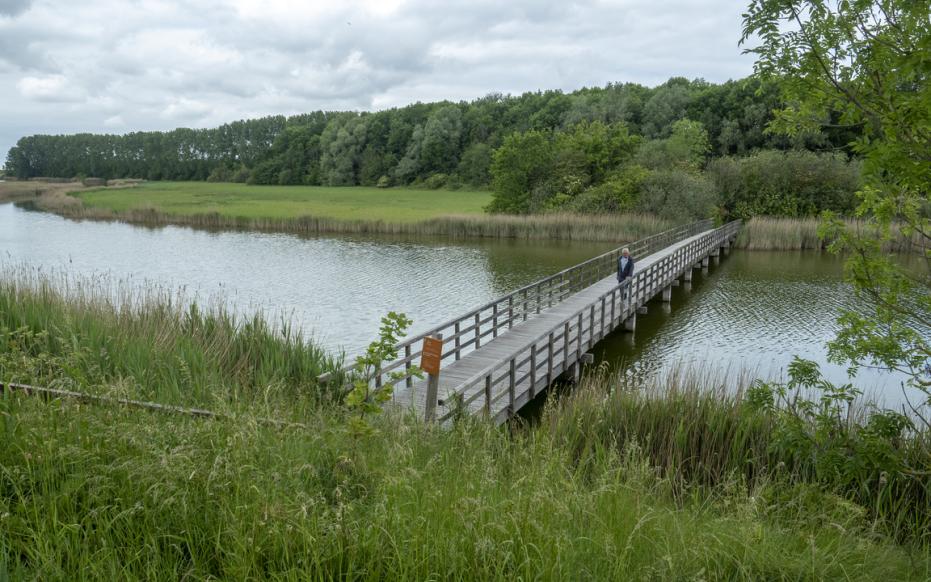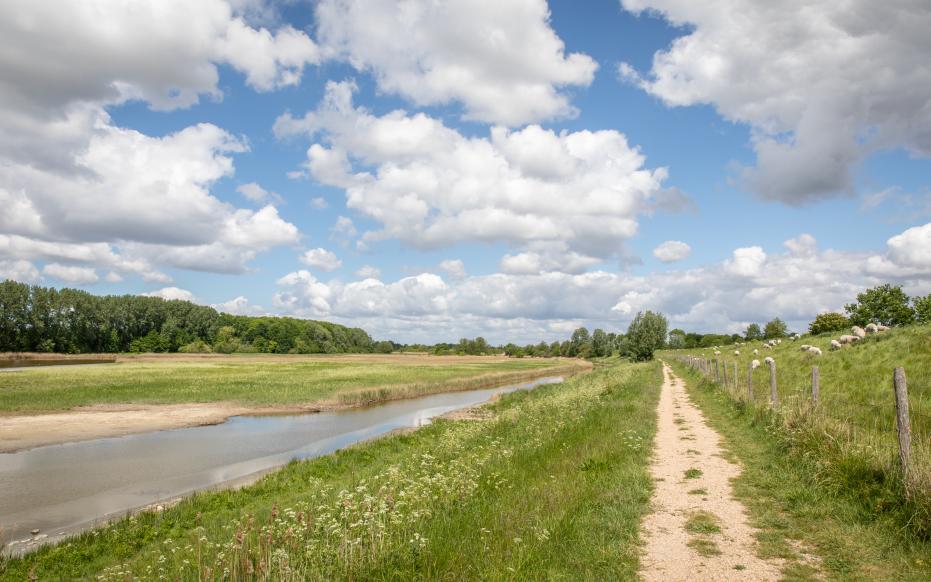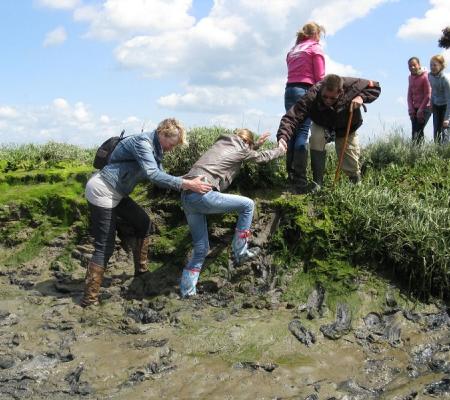Creek ridge
The Pluimpot is now recognizable in the landscape as a higher ridge that runs from north to south through Tholen. Because the land in this tidal channel was diked much later than the surrounding polders, the tide was able to deposit sand here longer than in the surrounding polders. The difference in relief is reinforced by the fact that the subsoil outside the tidal channel is subject to subsidence due to clay settling and the compression and decay of the peat in the subsoil over time. At the site of the former Pluimpot channel, the peat layer has been swept away by the tides and the sandy subsoil is much less susceptible to subsidence.

